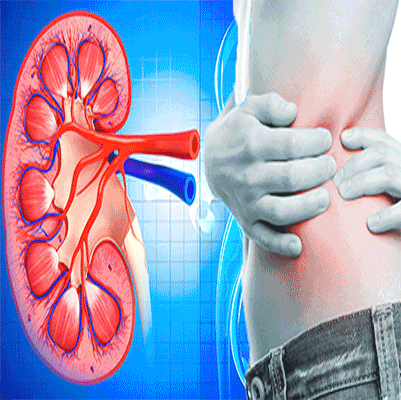Blood cancer
Blood Cancer (Leukemia) – Spaks Homeopathy Overview
Blood cancer, commonly known as Leukemia, is a serious condition that affects the blood-forming tissues of the body, such as the bone marrow and lymphatic system. It mainly involves the white blood cells, which normally protect the body from infections.
In leukemia, the bone marrow starts producing abnormal white blood cells that cannot function properly. This disrupts the natural balance of blood cells, weakens the immune system, and leads to various health issues.
At Spaks Homeopathy, our focus is on gentle, side-effect-free treatment options that support the body’s natural healing power, improve immunity, and provide relief from symptoms.
Symptoms of Blood Cancer (Leukemia)
-
Persistent cough or chest pain
-
Fever or chills
-
Frequent infections
-
Skin rashes or constant itching
-
Loss of appetite or nausea
-
Night sweats
-
Ongoing weakness and fatigue
-
Shortness of breath
-
Swelling of lymph nodes in the neck, armpits, or groin
Spaks Homeopathy Approach:
We provide holistic care for leukemia patients by:
-
Reducing the severity of symptoms
-
Boosting natural immunity
-
Supporting overall health without harmful side effects
Would you like me to also add a Causes + Homeopathic Medicines section (like Bryonia, Arsenicum, etc.) to make it more complete for your Spaks notes?
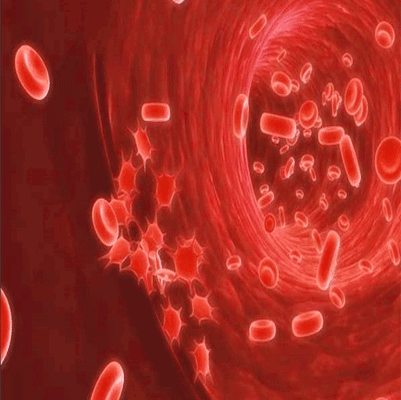
Brain tumor
Brain Tumor – Spaks Homeopathy
A brain tumor is an abnormal growth of cells inside the brain. There are many different types of brain tumors. Some are benign (non-cancerous), while others are malignant (cancerous).
Brain tumors may either originate in the brain (primary brain tumors) or spread from other parts of the body (secondary or metastatic brain tumors).
The speed of growth and the location of the tumor largely determine how it will affect the brain and nervous system functions.
Symptoms of Brain Tumor
-
Headaches that are new or change in pattern
-
Headaches that become more frequent and severe over time
-
Unexplained nausea or vomiting
-
Vision problems such as blurred vision, double vision, or vision loss
-
Gradual loss of sensation or movement in an arm or leg
-
Balance difficulties
-
Trouble with speech
-
Confusion in daily activities
-
Changes in personality or behavior
-
Hearing problems
Spaks Homeopathy Care:
At Spaks Homeopathy, treatment focuses on supporting the body’s natural healing, improving brain health, and managing symptoms such as headaches, nausea, balance issues, and emotional changes. Homeopathy offers gentle, individualized care to improve quality of life alongside standard medical support.
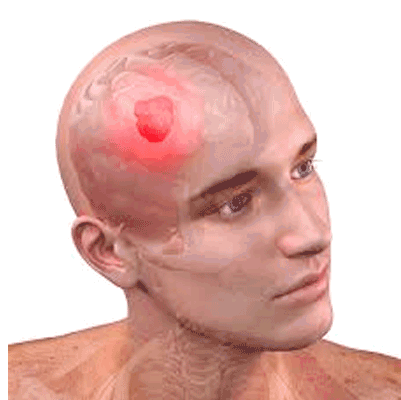
Breast cancer
Breast Cancer – Spaks Homeopathy
Overview
Any unusual changes in the breast or nipples, lumps in the armpit, or pain in the breast area should never be ignored, as they may be early signs of breast cancer.
Breast cancer develops in the breast tissue, mainly in the milk-producing glands (lobules) and thin tubes (ducts). In this condition, the breast cells begin to grow and divide uncontrollably, invading nearby healthy tissues and lymph nodes. In some cases, the cancer can also spread to other parts of the body.
Although breast cancer is more common in women, it can also occur in men and, very rarely, in children. Statistics show that 1 in 22 women in urban areas and 1 in 60 women in rural areas are at risk of developing breast cancer in their lifetime.
Early detection through screening tests plays a key role. While these tests do not prevent cancer, they help in diagnosing it at an early stage, making treatment easier and more effective.
Treatment does not always require the removal of the entire breast. In some cases, only the tumor or a part of the breast tissue is removed. Other treatments may include chemotherapy, radiation, and hormonal therapy.
Symptoms of Breast Cancer
-
Change in breast size or shape
-
Lump or an area thicker than the rest of the breast
-
Skin changes such as puckering or dimpling (orange-peel texture)
-
Redness or rash on the breast skin or around the nipple
-
Nipple changes, such as being pulled inwards or altering position/shape
-
Unusual nipple discharge without squeezing
-
Persistent pain in the breast or armpit
-
Swelling in the armpit or around the collarbone
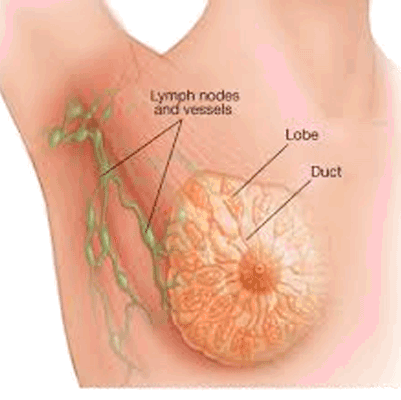
cancer Pain
Cancer Pain – Spaks Homeopathy
Overview
Cancer pain is one of the most common and distressing complications of cancer. Due to the chronic and progressive nature of the disease, pain often becomes long-lasting and severe.
Cancer pain may arise from:
-
Tissue damage caused directly by cancer
-
Treatment-related effects (chemotherapy, radiotherapy, or surgery)
-
Nerve involvement (neuropathic pain)
-
Pressure from tumors on organs, membranes, or bones (such as bone metastasis)
In addition, people with cancer may also experience general aches (like headaches or back pain) unrelated to the disease itself, as well as muscle strain or stress-induced pain.
Effective management of cancer pain is crucial, not just for physical relief but also for maintaining emotional balance and quality of life.
Symptoms of Cancer Pain
-
Persistent or severe pain
-
Stress, worry, and mental anguish
-
Emotional disturbances such as anxiety, fear, and depression
-
Sleep disturbance due to prolonged pain
-
Impact on social relationships and daily activities
-
Overall reduced quality of life
Spaks Homeopathy Care:
Gentle homeopathic support can help in reducing pain intensity, improving emotional well-being, calming anxiety, and enhancing overall quality of life, alongside conventional treatment.
.jpg)
Cervical cancer
Overview – Cervical Cancer
The cervix is the lower part of the uterus (womb), located just above the vagina. It has important functions such as blocking harmful germs from entering the uterus, allowing sperm to pass into the fallopian tubes for fertilization, and helping maintain pregnancy until labor begins.
Cervical cancer begins in the cells of the cervix. In advanced stages, it can spread (metastasize) to nearby or distant parts of the body, including the lungs, liver, bladder, vagina, and rectum.
Worldwide, cervical cancer is the second most common cancer in women and is a serious health concern. Almost all cases are linked to infection with the human papillomavirus (HPV).
Early cervical cancer often shows no symptoms. When symptoms do appear, they usually involve abnormal vaginal bleeding, unusual discharge, or pelvic discomfort. Treatment depends on the stage of the disease and may include surgery, radiation, chemotherapy, or palliative care.
Symptoms – Cervical Cancer
-
Bleeding between periods
-
Bleeding after sexual intercourse
-
Bleeding in post-menopausal women
-
Discomfort during sexual intercourse
-
Vaginal discharge with a strong odor
-
Vaginal discharge mixed with blood
-
Pelvic pain
-
Unexplained weight loss or fatigue
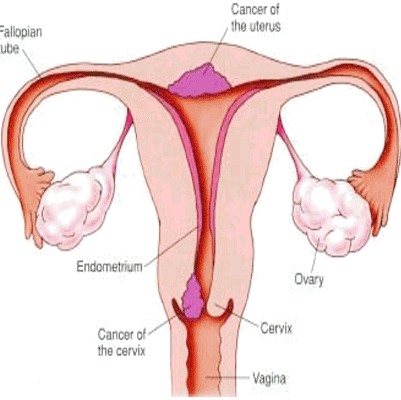
Childhood cancer
Overview – Childhood Leukemia
Childhood leukemia is the most common type of cancer in children under the age of 15, though it can also affect teenagers. It is a cancer of the blood and bone marrow, where abnormal white blood cells are produced in large numbers.
These cancerous white blood cells circulate in the bloodstream and interfere with the normal production of healthy blood cells (red cells, white cells, and platelets). This leads to weakness, poor immunity, and bleeding problems. While the diagnosis can feel overwhelming, it is important to note that survival rates have steadily improved with modern medical care.
Symptoms – Childhood Leukemia
-
Anemia
-
Fatigue and weakness
-
Dizziness
-
Shortness of breath
-
Frequent headaches
-
Pale skin
-
Feeling unusually cold
-
Frequent or recurrent infections
Effects of Childhood Leukemia
-
Increased risk of infections due to weak immunity
-
Unexplained or easy bruising and bleeding (like nosebleeds or gum bleeding)
-
Slower growth and development in children
-
Emotional stress and anxiety for the child and family
-
Persistent weakness and inability to participate in normal activities
Treatment – Spaks Approach
At Spaks Homeopathy, the treatment of childhood leukemia focuses on gentle, supportive, and individualized care alongside standard medical management. The goals are to:
-
Support the immune system and reduce susceptibility to infections
-
Improve energy levels and reduce fatigue naturally
-
Control symptoms like anemia, weakness, and frequent headaches
-
Promote overall well-being by strengthening the child’s natural vitality
-
Reduce side effects of conventional therapies such as chemotherapy or radiation, offering better tolerance and recovery
With holistic homeopathic remedies, Spaks aims to provide safe, side-effect-free care that complements medical treatment and improves the child’s quality of life.

Colon cancer
Overview – Corns
Corns are thickened, hardened layers of skin that form as a natural response to friction or pressure. They usually appear on the toes, feet, or sometimes on the hands. Corns act as the skin’s defense mechanism to protect deeper tissues from damage, but they can become painful and troublesome if not managed.
Causes and Risk Factors
-
Wearing tight or very loose shoes
-
Walking barefoot regularly
-
Not wearing socks with shoes
-
Foot deformities such as bunions or hammer toes
-
Joint problems or abnormal walking posture
Prevention
Reducing friction and pressure by wearing well-fitted shoes, using protective pads, and maintaining foot hygiene can help prevent corns.
Symptoms of Corns
-
A thick, rough patch of skin (hardened bump)
-
Raised, yellowish, or gray skin lesion
-
Pain or tenderness under the skin
-
Flaky or dry skin around the corn
-
Burning or discomfort when pressure is applied (while walking or wearing shoes)
Effects if Untreated
-
Persistent pain while walking or standing
-
Increased risk of skin infection
-
Formation of open sores (especially in people with diabetes or poor circulation)
-
Interference with daily activities due to discomfort
Treatment
-
Medicated products with salicylic acid to soften and break down thickened skin
-
Protective pads or cushioned insoles to relieve pressure
-
Soaking feet in warm water and gently filing thickened skin
-
Consulting a podiatrist if corns are recurrent or painful, especially for diabetics
-
In rare cases, surgical correction of foot deformities may be required
One More Similar Condition – Calluses
Overview
Calluses are larger, less-defined areas of thickened skin that usually form on weight-bearing areas of the feet (heels, soles) or on the hands (palms). They are caused by continuous friction, pressure, or repetitive activity such as walking, running, or manual labor.
Symptoms
-
Rough, thickened patch of skin
-
Usually painless (unlike corns)
-
Yellowish or grayish hardened skin surface
-
Cracking or peeling skin in severe cases
Effect
While generally harmless, untreated calluses can cause pain, cracks, and risk of infection.
Treatment
Similar to corns – reducing pressure, using soft shoes, soaking feet, filing thick skin, and medicated creams.
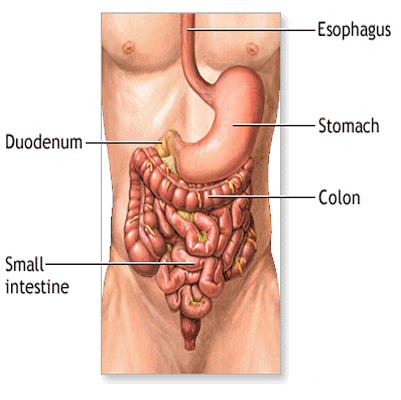
Kidney cancer
Kidney Cancer (Renal Cell Carcinoma)
Overview
Kidney cancer, also called renal cancer or urinary organ cancer, is a disease in which the cells in the kidney become abnormal, grow uncontrollably, and form a tumor.
Most kidney cancers begin in the lining of the tiny tubes (tubules) inside the kidney. This common type is called renal cell carcinoma (RCC).
The good news is that many kidney cancers are detected before they spread (metastasize) to distant organs. When found early, kidney cancer is often successfully treated. However, in some cases, the tumor may grow quite large before being discovered.
Symptoms
Kidney cancer may not cause symptoms in its early stages. As it progresses, signs can include:
-
Blood in the urine (hematuria)
-
Persistent low back pain on one side (unrelated to injury)
-
A lump or mass in the side or lower back
-
Fatigue and constant tiredness
-
Loss of appetite
-
Unexplained weight loss
-
Fever not caused by infection, that doesn’t go away
-
Anemia (low red blood cell count)
Effects / Complications
If untreated, kidney cancer can lead to:
-
Spread (metastasis) to lungs, bones, liver, or other organs
-
Chronic pain and weakness
-
Severe anemia and fatigue
-
Kidney failure if both kidneys are affected
-
Increased risk of secondary infections and reduced quality of life
Treatment
Treatment depends on the stage and overall health of the patient:
-
Surgery (main treatment)
-
Partial nephrectomy → removal of only the tumor and affected part of the kidney
-
Radical nephrectomy → removal of the entire kidney, nearby tissues, or lymph nodes if needed
-
-
Targeted therapy → Drugs that block the growth of cancer cells by targeting specific proteins.
-
Immunotherapy → Boosts the immune system to fight cancer cells.
-
Radiation therapy → Used mainly for pain relief in advanced cases, not as a primary treatment.
-
Chemotherapy → Rarely used, as most kidney cancers do not respond well, but sometimes applied in certain cases.
-
Active surveillance → In very small, slow-growing tumors (especially in older or medically fragile patients), doctors may monitor before deciding on treatment.
